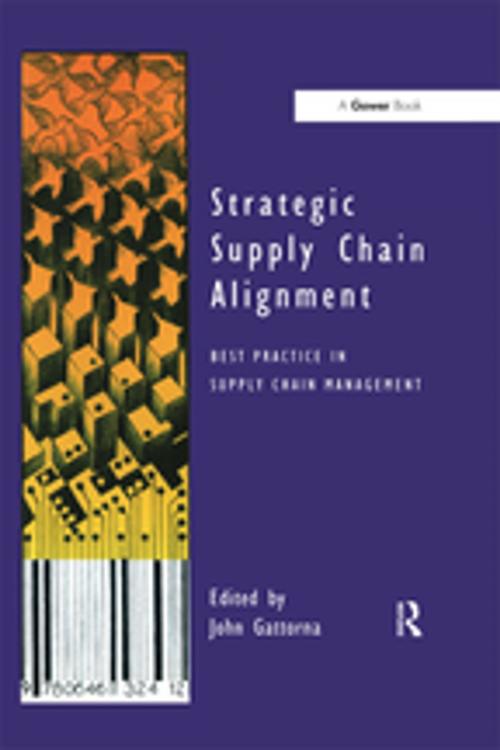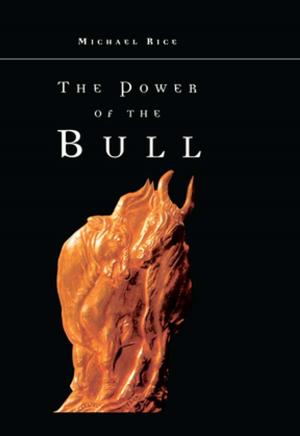Strategic Supply Chain Alignment
Best Practice in Supply Chain Management
Business & Finance, Management & Leadership, Management| Author: | ISBN: | 9781351897525 | |
| Publisher: | Taylor and Francis | Publication: | March 2, 2017 |
| Imprint: | Routledge | Language: | English |
| Author: | |
| ISBN: | 9781351897525 |
| Publisher: | Taylor and Francis |
| Publication: | March 2, 2017 |
| Imprint: | Routledge |
| Language: | English |
Supply chain performance will be a key indicator of overall corporate success into the next century. This book, edited by logistics and supply chain expert John Gattorna, and with international contributions, presents unpublished material on next generation thinking about the management of the supply chain. Based on the recently developed strategic alignment model it shows how external market dynamics, the company’s strategic response, and internal capability must be aligned if competitive advantage is to be achieved. Supply chain management is a strategic challenge demanding top level management attention. This book tackles the subject at that strategic level to help companies reposition their supply chains successfully. The book then offers the vital link between strategy setting and implementation, providing comprehensive coverage of the main areas of execution, and making it an essential compendium on all aspects of the subject. With case studies from major organizations from around the world, it is a ’must’ read for anyone wishing to be at the forefront of international supply chain management thinking. Strategic Supply Chain Alignment brings together for the first time the world’s leading logistics professionals, management consultants and academics to offer their insights and experiences on the latest supply chain management techniques. This collection of previously unpublished material offers the reader a unique opportunity to identify the hot issues, discover emerging strategies and uncover key industry and market perspectives. Divided into five sections which reflect the important components of the strategic alignment model, the book covers: ¢ The market: Customer value creation and segmentation, and the rationale behind the integration of supply with demand. ¢ Strategic response: Considers channel strategy, supply chain configuration and operations and distribution management. ¢ Culture: Adopting organization options which focus on deliv
Supply chain performance will be a key indicator of overall corporate success into the next century. This book, edited by logistics and supply chain expert John Gattorna, and with international contributions, presents unpublished material on next generation thinking about the management of the supply chain. Based on the recently developed strategic alignment model it shows how external market dynamics, the company’s strategic response, and internal capability must be aligned if competitive advantage is to be achieved. Supply chain management is a strategic challenge demanding top level management attention. This book tackles the subject at that strategic level to help companies reposition their supply chains successfully. The book then offers the vital link between strategy setting and implementation, providing comprehensive coverage of the main areas of execution, and making it an essential compendium on all aspects of the subject. With case studies from major organizations from around the world, it is a ’must’ read for anyone wishing to be at the forefront of international supply chain management thinking. Strategic Supply Chain Alignment brings together for the first time the world’s leading logistics professionals, management consultants and academics to offer their insights and experiences on the latest supply chain management techniques. This collection of previously unpublished material offers the reader a unique opportunity to identify the hot issues, discover emerging strategies and uncover key industry and market perspectives. Divided into five sections which reflect the important components of the strategic alignment model, the book covers: ¢ The market: Customer value creation and segmentation, and the rationale behind the integration of supply with demand. ¢ Strategic response: Considers channel strategy, supply chain configuration and operations and distribution management. ¢ Culture: Adopting organization options which focus on deliv















